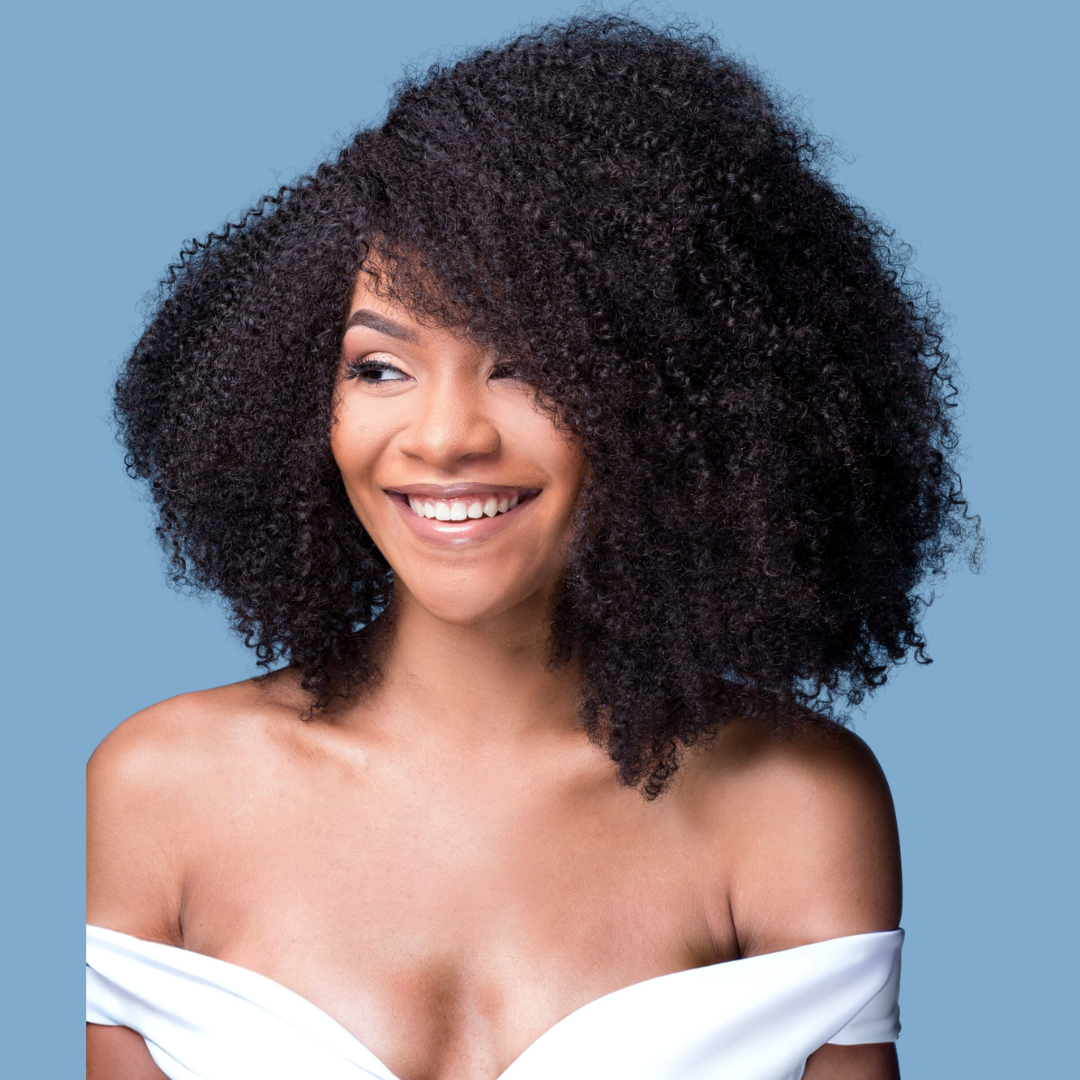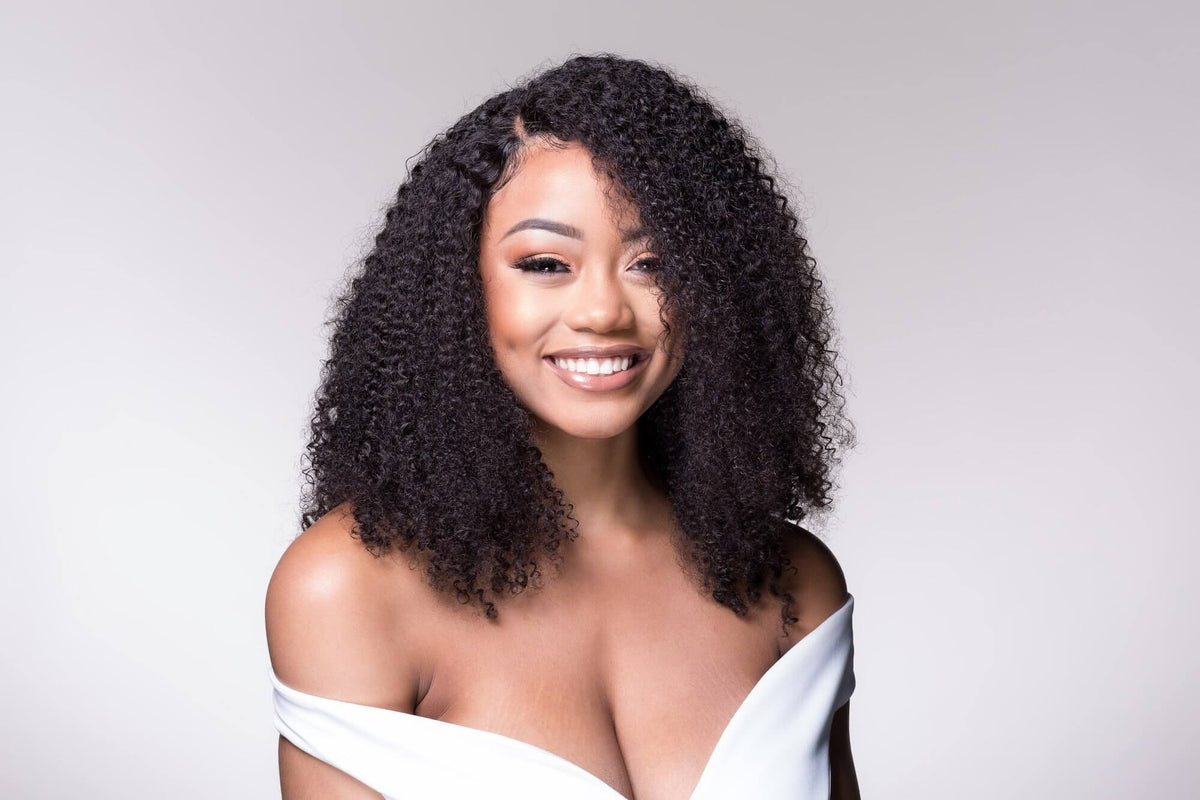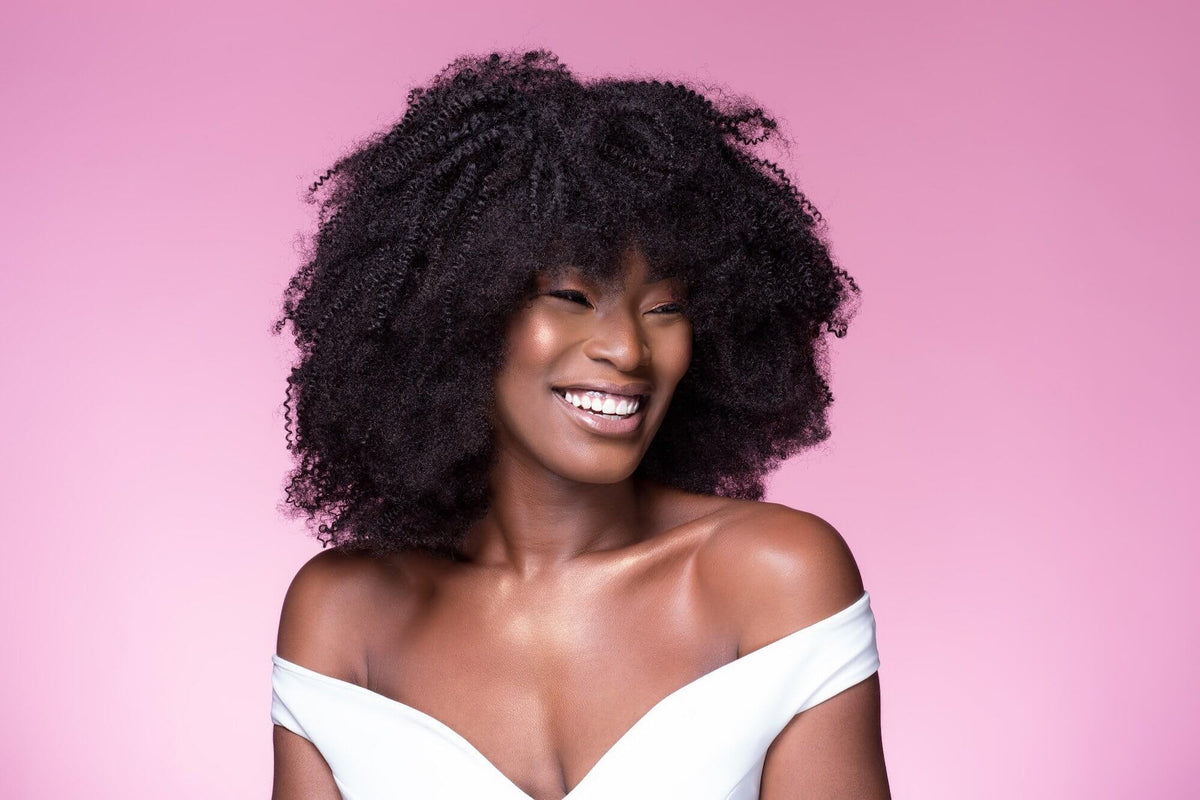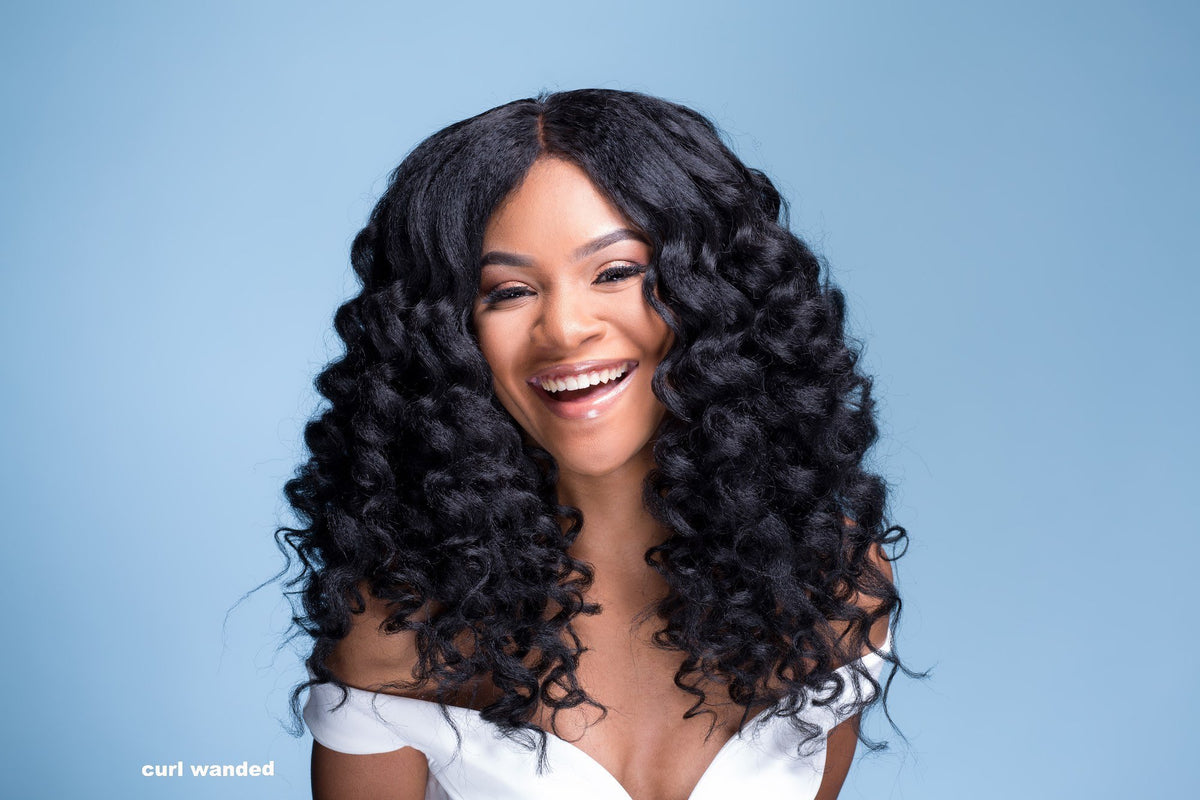
Queens everywhere are embracing our distinct curl patterns and wearing natural hair styles with confidence. Everything from weaves, clip-ins, and natural hair wigs that mimic our hair’s texture have been developed. Luckily for us, natural hair wigs have come a long way since our grandmother’s time. So much so that natural hair wigs are almost as widely popular as a regular sew-in. If you’re looking for a wig, but have absolutely no idea where to start, here’s a quick guide on everything you need to know about natural hair wigs.
Natural Hair Types
Natural hair wigs come in a multitude of curl patterns. These patterns include curly hair types 3A, 3B, and 3C as well as kinky hair types 4A, 4B, and 4C. Type 3 hair features large waves and ringlet curls that are about the diameter of a standard sized Sharpie. The tightest curls in this hair type is 3C, which is about the diameter of a standard sized pencil. Type 3C hair is often considered “Brazilian curly” wigs and bundles, and is rarely categorized as kinky or afro textured hair.
Type 4 hair is kinky or coily in texture and is commonly described as afro-textured hair. This hair type and curl pattern is distinct and can experience shrinkage of up to 90 percent. Afro hair extensions and textures feature some of the tightest and most distinctive curl patterns on earth. The curls categorized as type 4 hair are similar in nature, however, they do have some noticeable differences in terms of curl pattern and texture.
For example, type 4A hair is commonly referred to as coily or kinky. This hair has a definite curl pattern and sees up to 70 percent of shrinkage. Type 4B hair, while very similar to 4A hair, doesn’t form defined curls, but rather has an “s” or zig-zag pattern to it. The last category of type 4 hair is 4C, which has no defined curl pattern at all. This hair type is best described as kinky and sees the most hair shrinkage with up to 90 percent.
While hair typing is sometimes seen as unnecessary, if you’re looking for a wig that mimics your natural hair type the best, it is important to know which type of curl pattern you have as well as which curl pattern you want in your natural hair wig. Do you want a wig that has big, ringlet curls, or do you want curls that are a little tighter to achieve a certain look?
Natural Hair Wig Types
Unlike the wigs our grandmothers and mothers wore wigs today are designed to be undetectable and flattering to your natural hairline. Each cap and hair style is crafted to fit your head snugly and styled in multiple ways. Modern wigs are made with various caps styles, fabrics, and attachment methods. Lace caps enable your scalp to breathe and resists scalp irritations. Modern hair wigs also feature distinctive designs such as u-parts and lace fronts. Wigs have come a long way within the past decade. Here are the most common types of natural hair wigs today.
Full Lace
In a full lace wig the cap is made entirely of lace. The cap usually features strips for adhesive to attach to so that the wig does not move or buckle around your hairline. The benefit of having a full lace wig is that the hair can be styled naturally without detection. The lace allows free parting in whichever direction you choose. Full lace wigs give you extraordinary versatility as well. For example, if you want to cornrow your unit, you can. Full lace wigs typically last longer than traditional wigs when cared for properly.
Lace Front
Lace front wigs feature lace only in the front of the unit, mainly so that your hairline looks more natural. Lace fronts also give you styling versatility that enables you to switch up your parts. Some lace front natural hair wigs are even able to give you the ability to wear a half-up, half-down styles. The rest of the cap, however, cannot be parted and is usually the standard mesh-like material that features a drawstring or hair combs to keep the wig in place.
Monofilament
Monofilament wigs feature a fine nylon, lace and mesh blend. It is an alternative to those who suffer from a sensitive scalp. This option is great because the cap tends to mimic your natural scalp color (no concealer necessary) and the hair is individually hand-tied to the cap. It is arguably one of the most natural-looking wigs, aside from the full lace option.
U-Part
U-part wigs feature a ‘U’ cut out on the top of the wig so that you can leave a portion of your own hair out. This allows you to blend your natural hair in with the wig. This style wig also gives you extra versatility which is perfect for those who like to have a bit of leave-out for a more natural look.
Half Wig
A natural half wig covers the back part of your head, usually from the top of the crown to the nape. This leaves your hairline completely exposed. This wig requires that you style your hairline in order to mask the track of beginning of the wig. Half wigs are a great option if you are looking for a natural wig option but don’t feel comfortable committing to a full wig just yet. With the improved technology of natural wigs blending your hair with the wig is easier. High quality textured hair extensions are the best options when looking to blend your curl pattern with a natural hair wig.
There are many wigs to choose from today that blend well with your natural curl pattern. Modern natural wigs give you the ability to wear various styles depending on the cap and your hairstyle needs. Choose a u-part wig if you desire to change up your part regularly and prefer to leave hair out. Or opt for a full lace wig if you want to wear your wig in a high ponytail. There are a multitude of options so the choice is yours. Whatever natural hair wig style you choose, we are confident you’ll slay.



